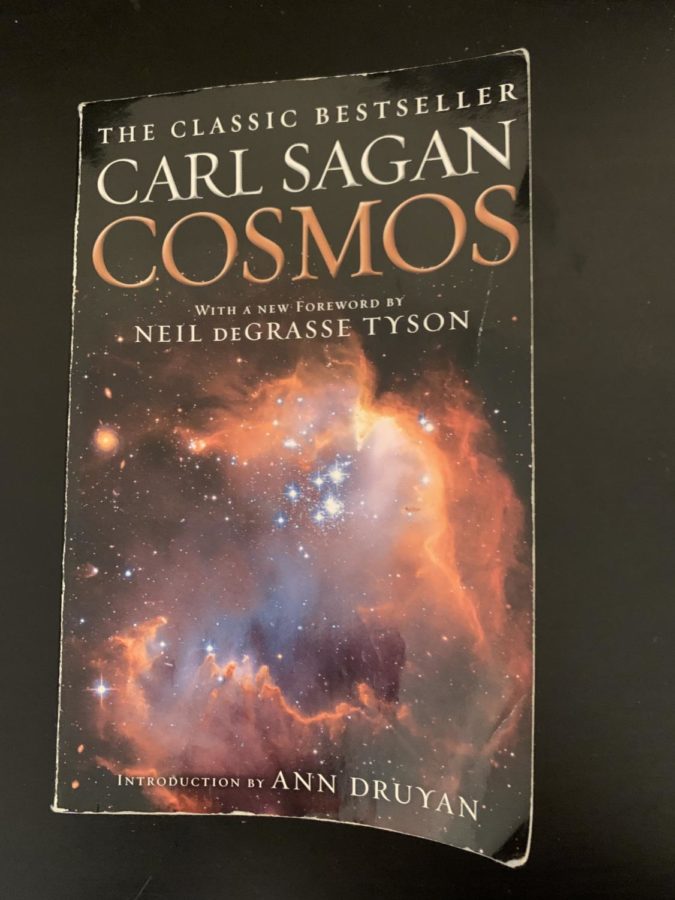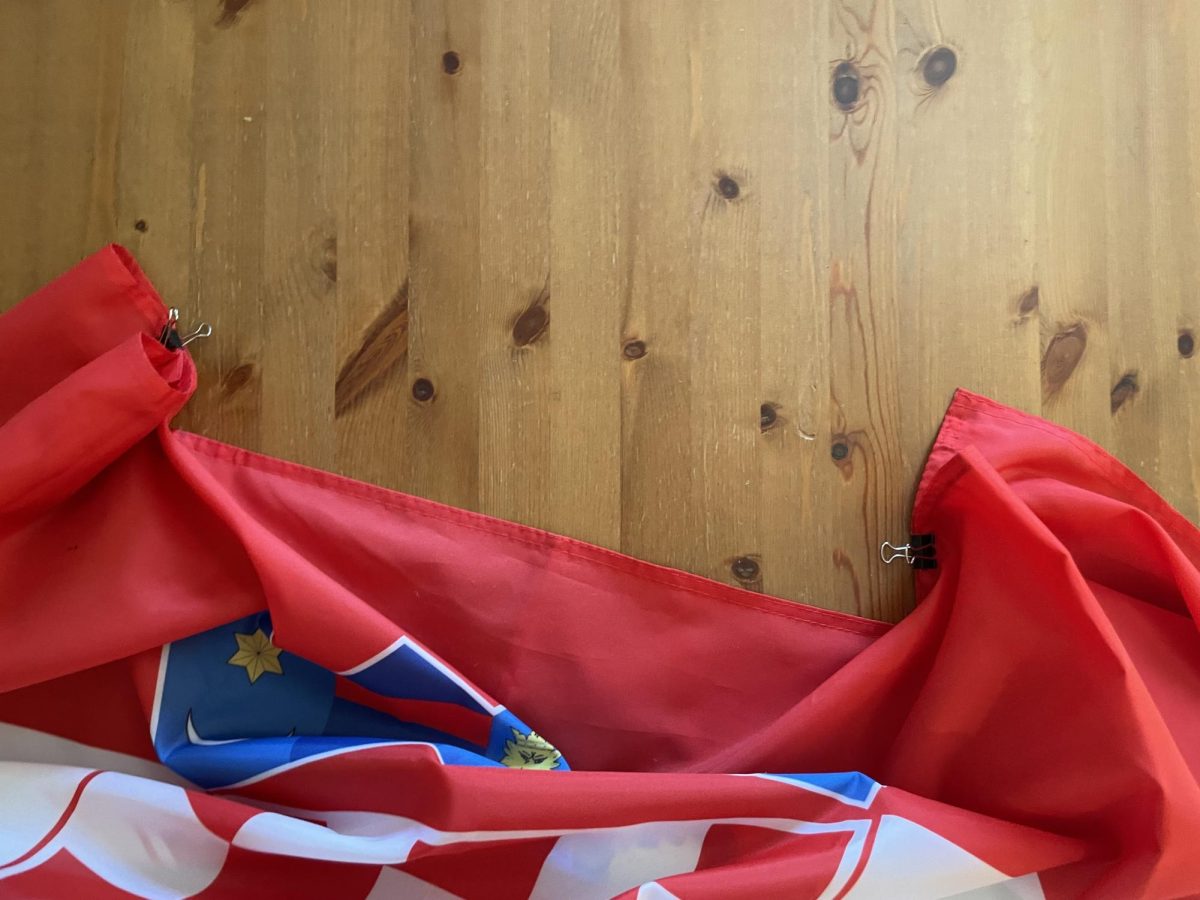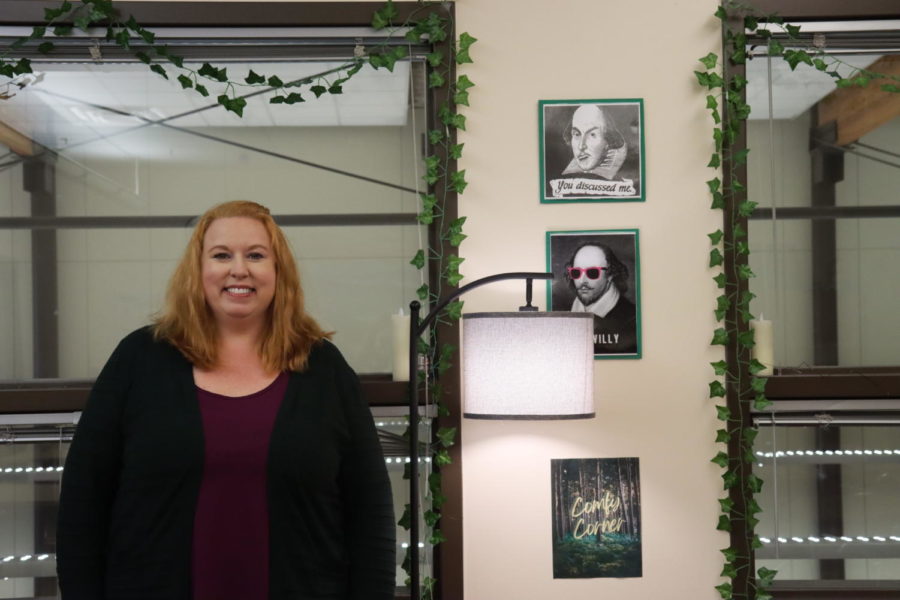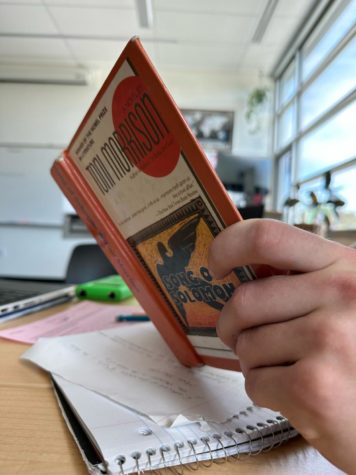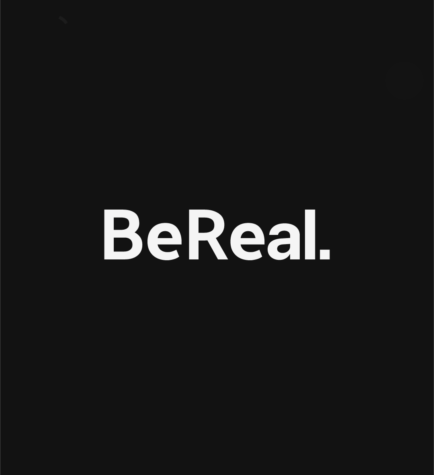Cosmos: a review
An in-depth critique of a novel by Carl Sagan
In Cosmos, author Carl Sagan traces the origin knowledge of scientific methods and theorizes about the future of science. The novel teaches readers more about their place in the universe.
April 1, 2022
Cosmos by Carl Sagan is a science book originally published in 1980, ranging from the topics of cosmology to the history of human discoveries. The book was well received by many who read it, whether they were a book reviewer, a student, an author, or a person who merely picked up the book because it had an intriguing cover. Readers in the 80s were fascinated by the way Sagan illustrates the Cosmos through words. The book was also adapted into a television series on PBS created and hosted by Carl Sagan.
I picked this book off of a bookshelf in my house in hopes of finding a fascinating story that I wouldn’t be able to put down. My hopes were fulfilled. Sagan illustrates wonders of the universe through comprehensible language and engaging storytelling. One of the ideas Sagan illustrates often is the concept that everybody—meaning you, me, and everyone around us—is made of starstuff, and that we are part of the Cosmos. But what is the Cosmos exactly? Sagan describes it as, “the Cosmos is all that is or was or ever will be. Our feeblest contemplations of the Cosmos stir us — there is a tingling in the spine, a catch in the voice, a faint sensation, as if a distant memory, of falling from a height. We know we are approaching the greatest of mysteries.” Interpret that as you wish. Quotes like this are one of the reasons Cosmos drew me in. Sagan depicts mysteries and discoveries of the universe through impactful language and history.
Sagan attended the University of Chicago, where he applied when he was only sixteen. He studied the solar system and theorized about the possibility of life in not only our solar system, but the universe as a whole. He majored in astronomy and astrophysics in 1960. From 1962 to 1986, Carl worked at Harvard University and the Smithsonian Astrophysical Observatory—there he studied the physical conditions, more specifically, the atmospheres of Venus and Jupiter. In 1968, he began to work at Cornell University as director of Laboratory and Planetary Studies. He helped NASA decide where to land the Viking probes on Mars, as well as co-design the messages inside of the Pioneer and Voyager probes that were sent beyond the solar system.
Carl Sagan has written other books and novels such as Contact, Pale Blue Dot, and The Demon-Haunted World: Science as a Candle in the Dark. Many of the other books Sagan has written were co-written by Ann Druyan – his wife and fellow author.
One of the notions that is often demonstrated in Cosmos that really grabbed my attention was how small we humans are. We are immensely tiny in the perspective of the universe, to such an extent that the actual size of the universe is incomprehensible to humans. Another poetic quote from Cosmos is:
“The size and age of the Cosmos are beyond ordinary human understanding. Lost somewhere between immensity and eternity is our tiny planetary home. In a cosmic perspective, most human concerns seem insignificant, even petty. And yet our species is young and curious and brave and shows much promise. In the last few millennia we have made the most astonishing and unexpected discoveries about the Cosmos and our place within it, explorations that are exhilarating to consider. They remind us that humans have evolved to wonder, that understanding is a joy, that knowledge is prerequisite to survival. I believe our future depends on how well we know this Cosmos in which we float like a mote of dust in the morning sky.”
Sagan is both telling the reader that though we are small, we are not insignificant. This is comforting, as it can be daunting to think about the size of humans as opposed to the rest of the Cosmos.
Besides very imaginative and poetic quotes, in Cosmos there is far more to be read and enjoyed. One of the other topics Sagan recognizes is pseudosciences, specifically astrology, and how they came about. He describes how Ptolemy, both an astronomer and astrologer, created the basis of modern astrology and Sagan points out hypocrisies in the pseudoscience. Along with telling of the history of the dichotomy between astronomy and astrology, he also describes other scientific discoveries. For example, he writes about the first person to discover that the surface of the Earth is curved—Eratosthenes of Cyrene—and how Eratosthenes made such a discovery in 240 B.C..
Carl Sagan created Cosmos as not only a book on cosmology, but also a book on discoveries by humans and the wonder and power of human curiosity. Through the telling of the history of human discoveries and illustrating the astonishment and uncertainty of the universe and Cosmos, Sagan created an incredibly engaging book that kept me on the edge of my seat and made me never want to put the book down, or for the book to ever end. It is truly amazing how much there is to observe and contemplate about the Cosmos, and Sagan gives a helping hand to anyone who wants some help putting those contemplations into words. I recommend this book to anyone who has even a small interest in the origin of the universe and the origins of modern scientific thought.


